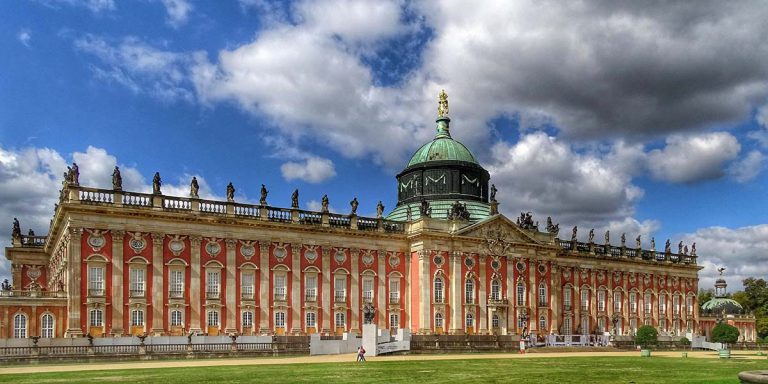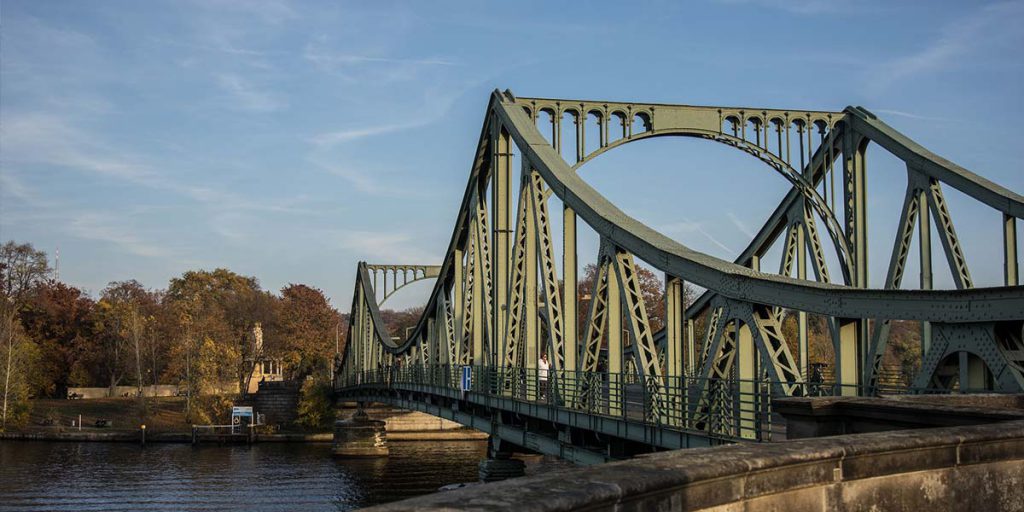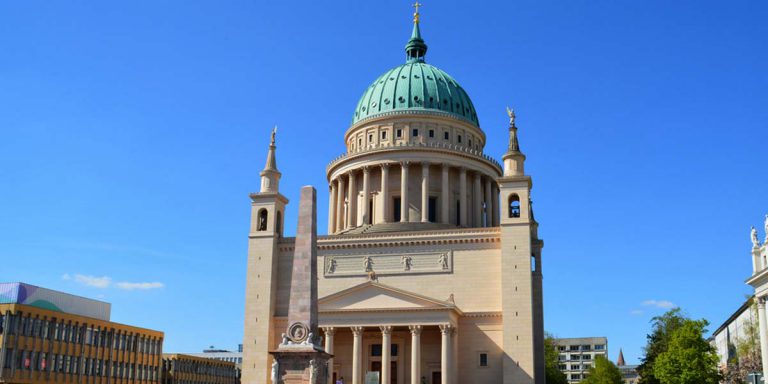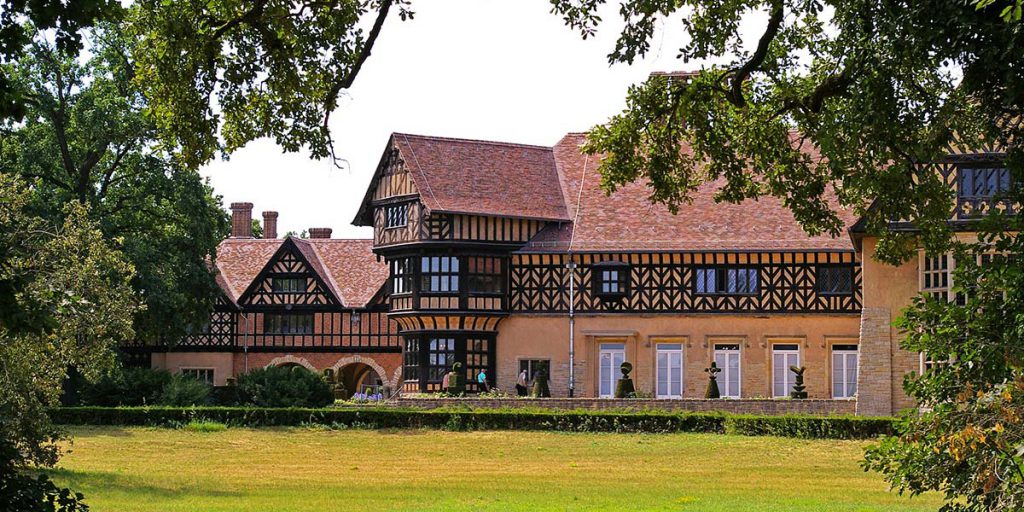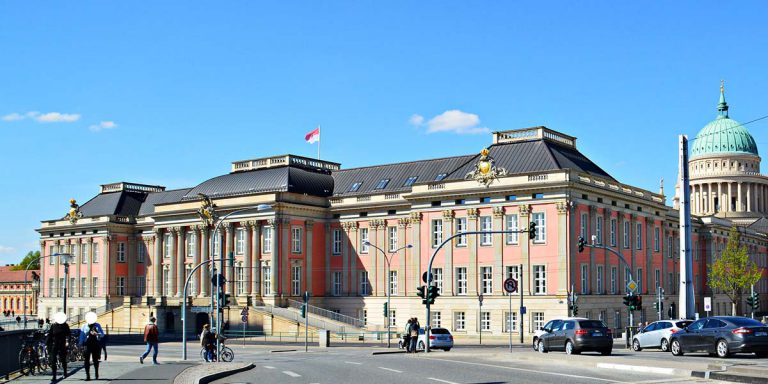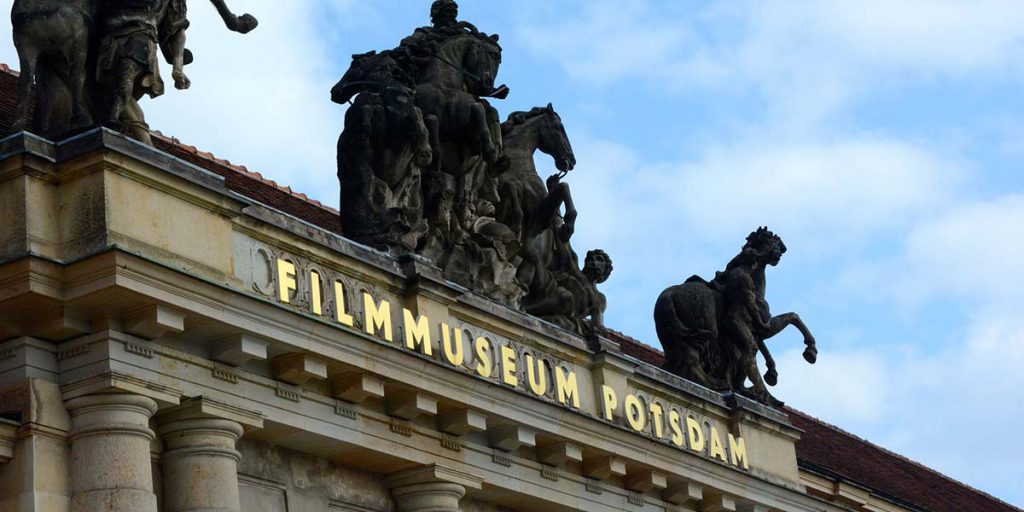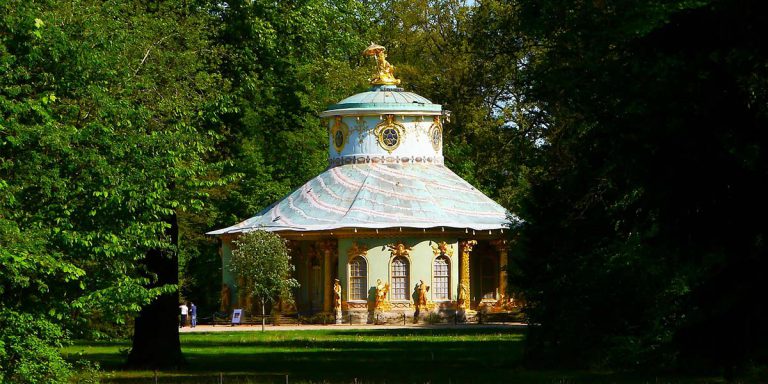Potsdam you are fragrant!
In the seventh century, the Slavic tribe of Heveller built a castle complex on the strategically important Havelenge. “Podstupim” means outpost in Sorbian. “Potstupimi” was officially mentioned for the first time in 993 in a deed of donation from the emperor to the diocese of Quedlinburg. In the twelfth century the Ascanians became sovereigns and founded the March of Brandenburg. They pushed the Slavs back. After the Ascanians died out in the region, the Hohenzollerns took over the regency at the beginning of the fifteenth century and determined the fate of the region for around 500 years.
In the middle of the seventeenth century, Potsdam was made his second residential city by the “Great Elector” and was subsequently transformed into a cultural landscape by famous architects and gardeners. The famous Sanssouci Palace Park, the Dutch Quarter, the New Garden and much more were created. After the Second World War, world history was written in Potsdam: the heads of the Soviet Union, USA and Great Britain met in Cecilienhof Palace to decide on a European post-war order.
With German reunification, Potsdam became the capital of the re-established state of Brandenburg. Large parts of Potsdam's cultural landscape have been declared a World Heritage Site by UNESCO.
Visit Potsdam with the Magic Bus. Napoleon was already there too!
Of course there is much more to see...
Have I piqued your interest?
YELP
TRIPADVISOR

Magic Bus Berlin
Fuggerstrasse 30
10777 Berlin
Contact details:
Telephone: +49-1772224082
E-Mail: [email protected]
Copyright 2024 – Magic Bus Berlin | Sightseeing Berlin & Potsdam

